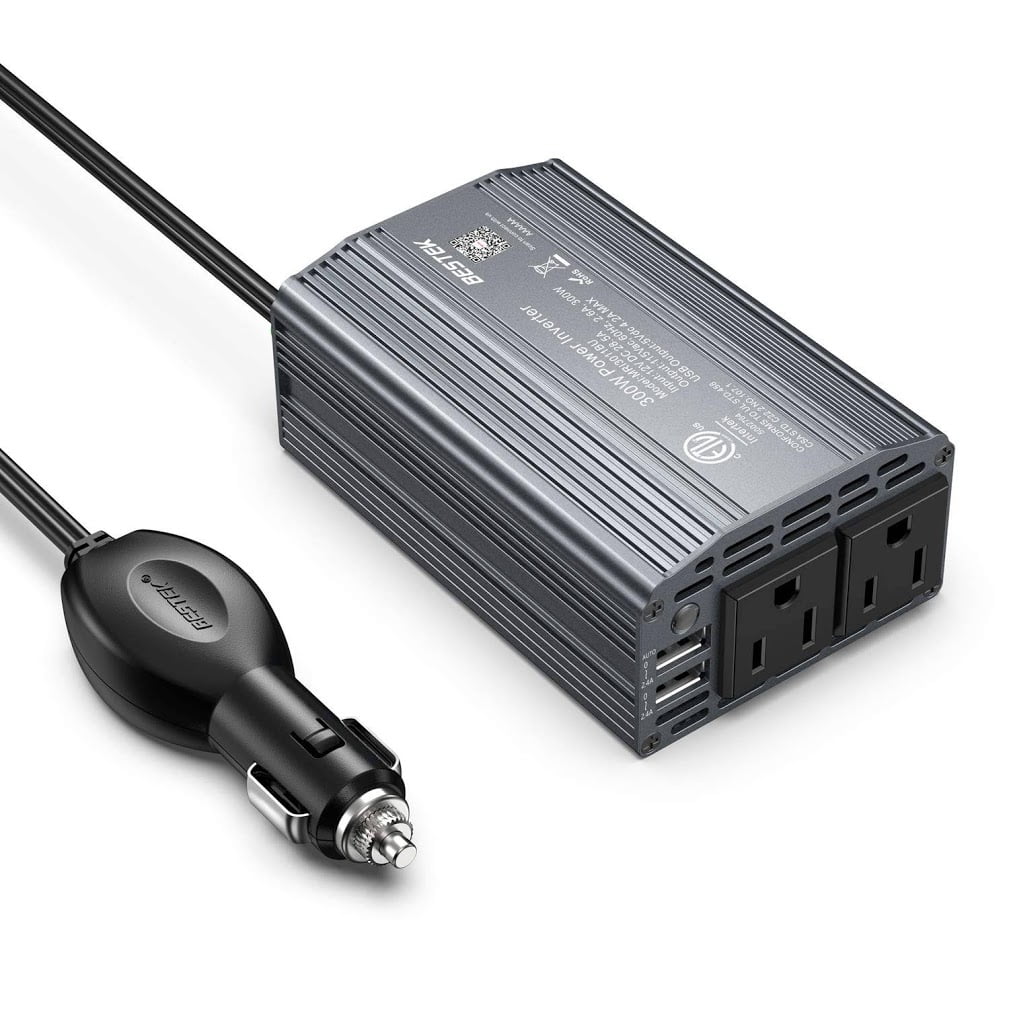

There are a whole bunch of different power inverters out there, each with different wattage ratings. And finally, we took notes on the usability of each inverter.

We then measured the power-cord length from the base of the inverter to the end of the plug. We counted the number of USB and AC ports each inverter had, along with the weight via a mail scale. We then took notes on how much each inverter could take and which fuse blew first for our surge protection test. We stacked these devices in ascending watt-usage order until the internal power inverter fuse popped or, in two cases, the 20-amp vehicle fuse blew.

Blender: 290 watts at peak, 125 watts continuous.Here's the power draw for each device we measured with a Kill-A-Watt: Our first devices were iPhone and iPad chargers, then we progressed through a Milwaukee battery charger, a blender, a dual-action polisher, and finally, a hair dryer. Gear Team Tester Katherine lent her dependable 2001 Ford E-150-affectionately known as Rhonda-for this test, and it was a true vehicular champ.įor our main supported devices test, we plugged in various gizmos starting at the lowest wattage and working our way up. The no-brainer test ended up being, "If I plug this in, will it work?" While this was the main parameter we wanted to try, we included other valuable data in our test results. We wanted to test power inverters in the same way most people would use them.


 0 kommentar(er)
0 kommentar(er)
